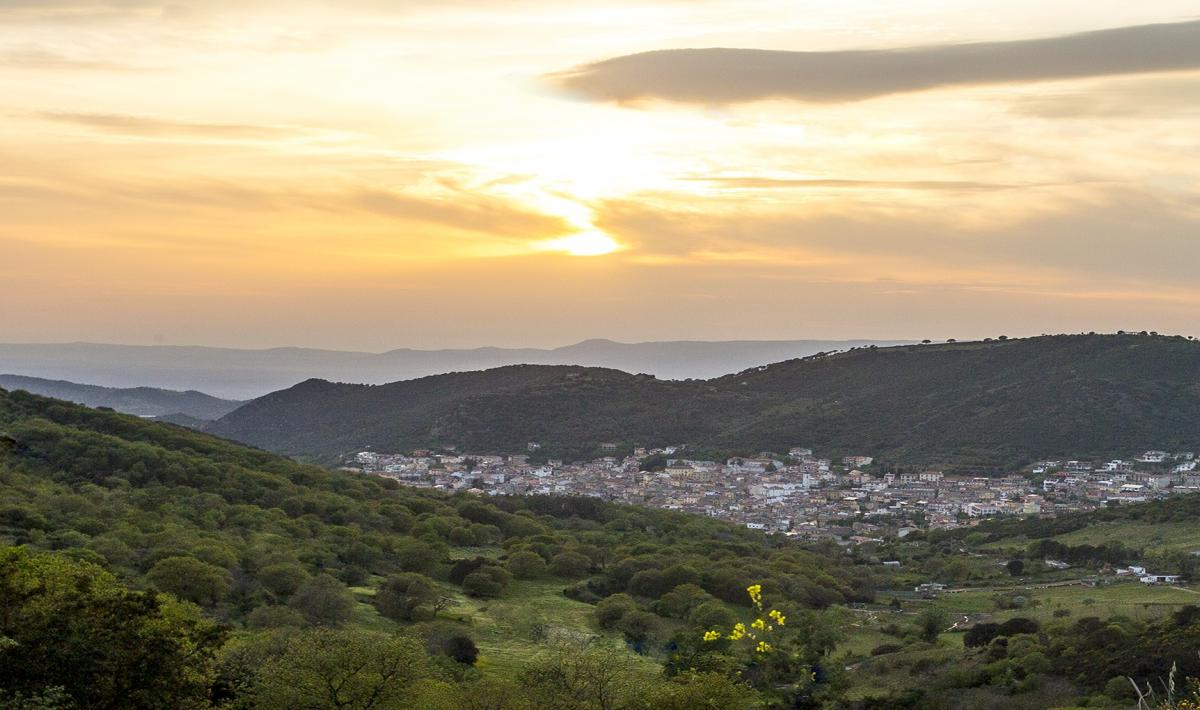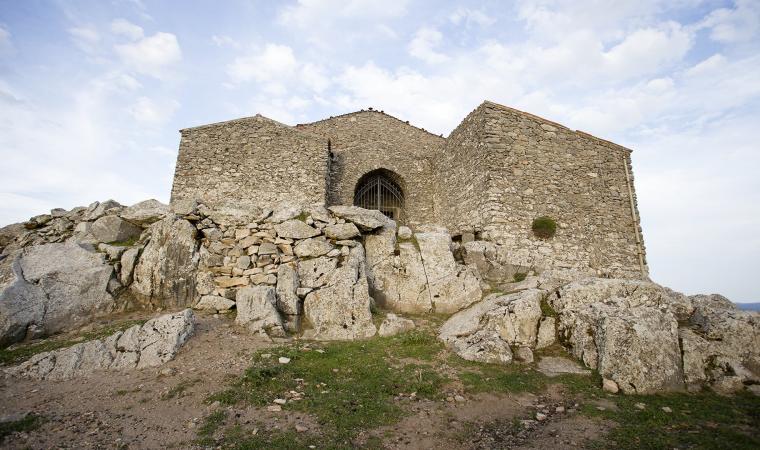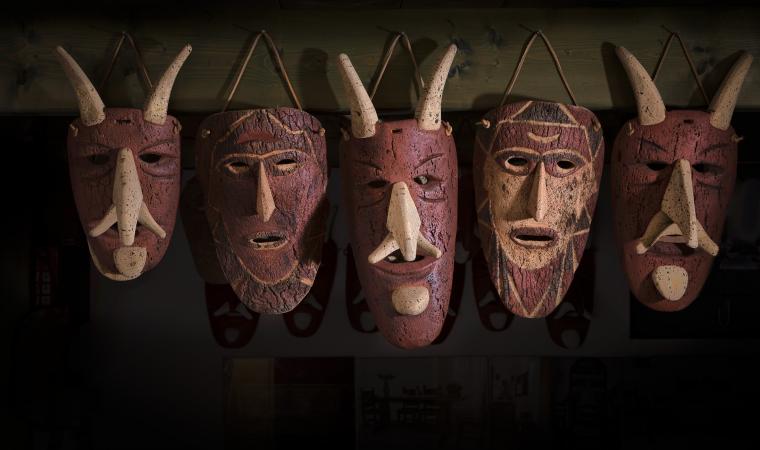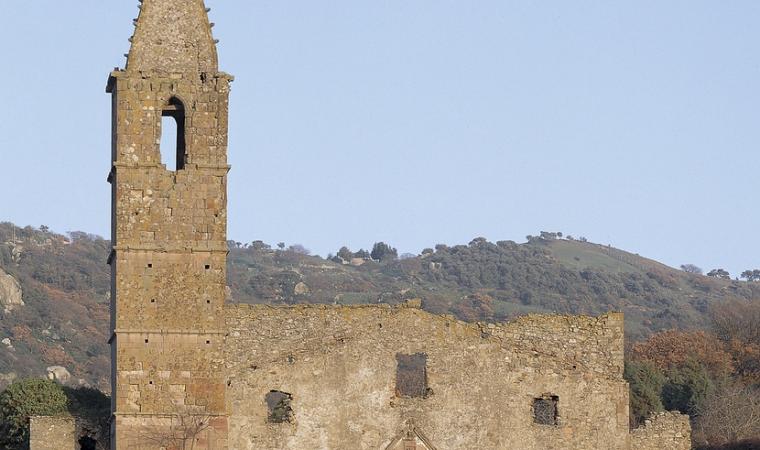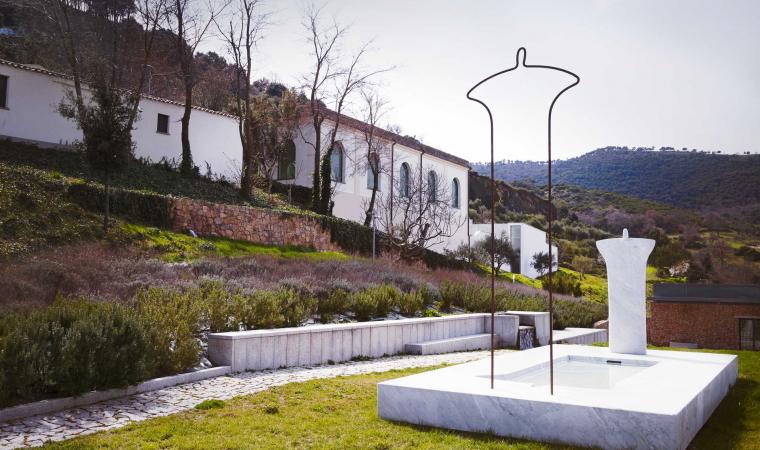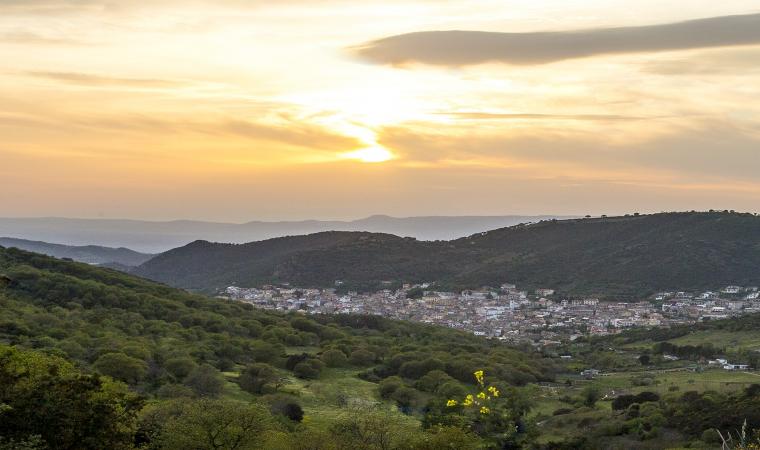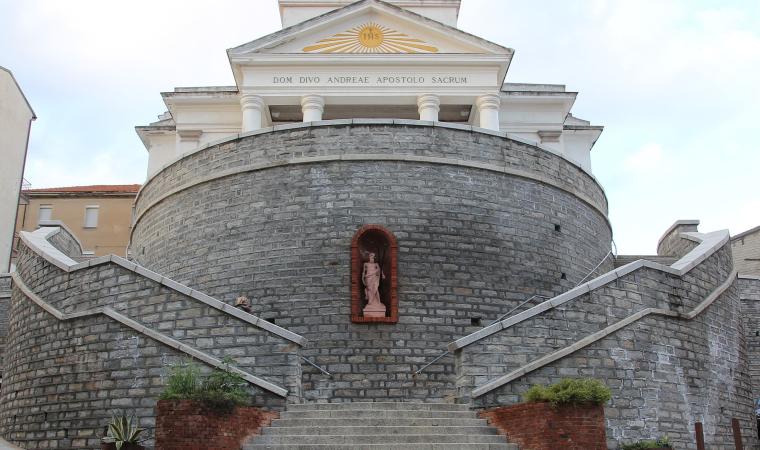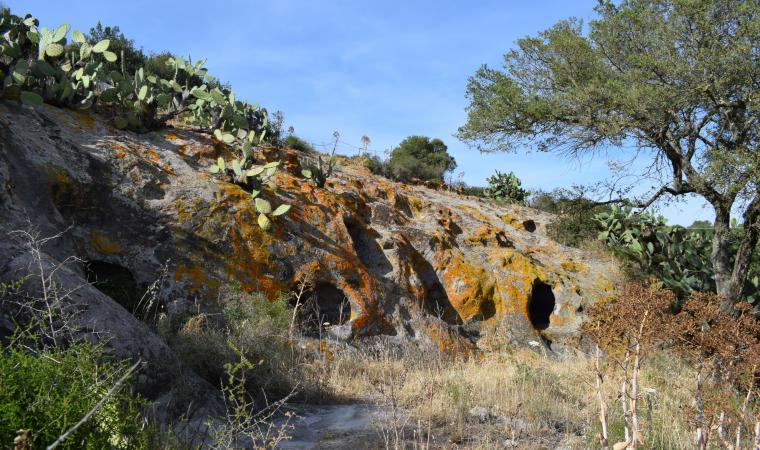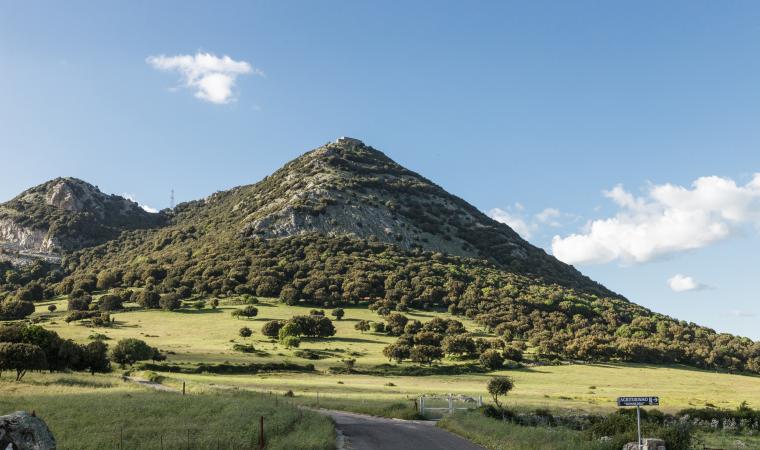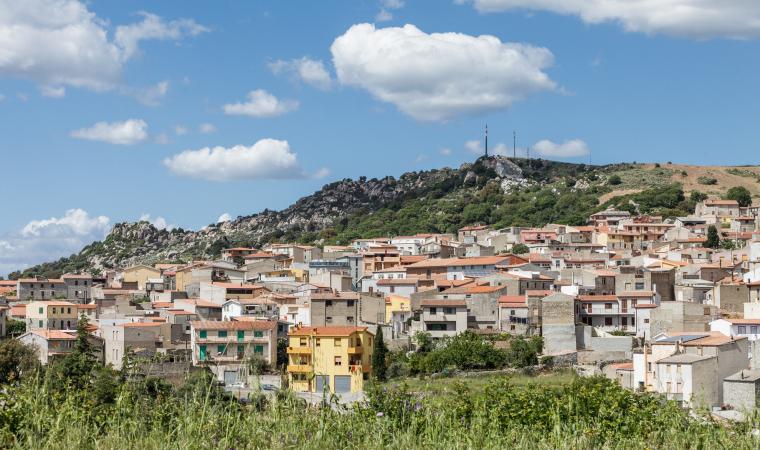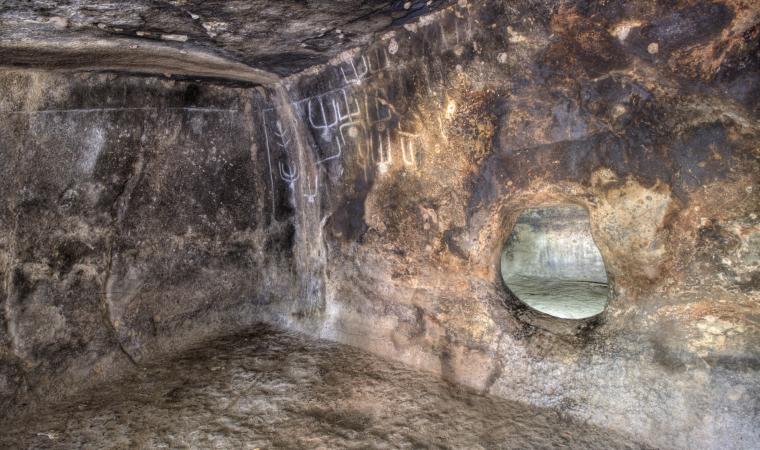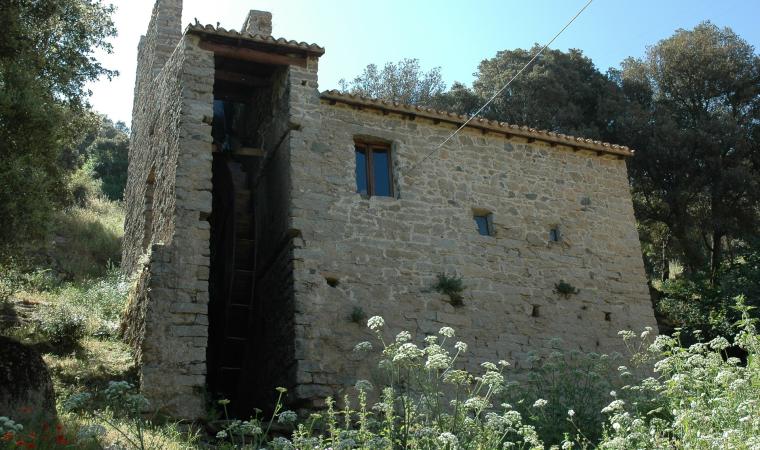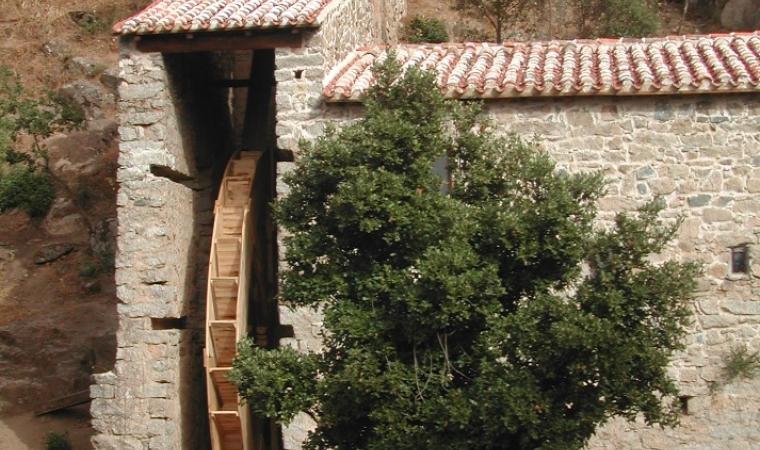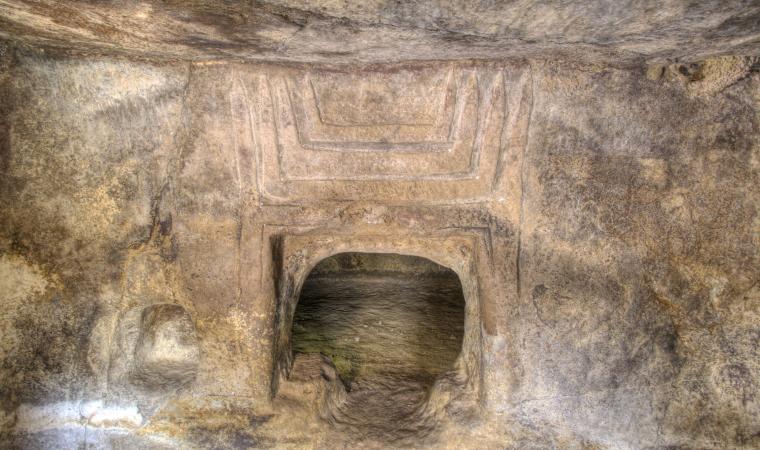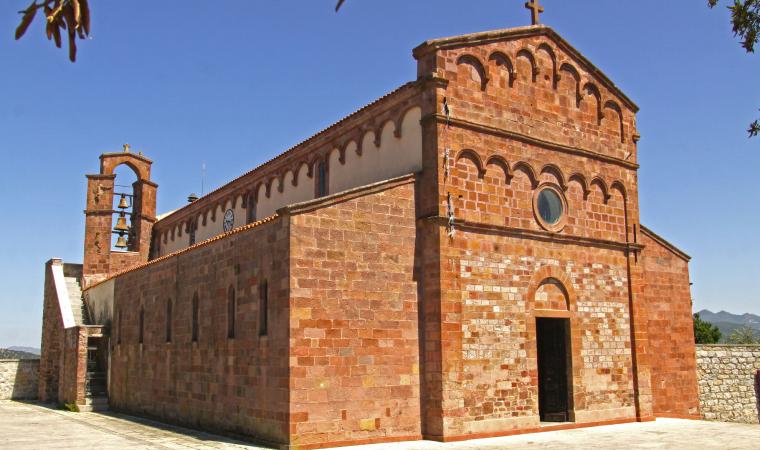It stands at 500 metres of altitude in the heart of the Barbagia region and is surrounded by green hills. Orani, a municipality with almost three thousand inhabitants, is the birthplace of 20th century internationally famous artists, like Nivola and Delitala, and contemporaries, like the writer Salvatore Niffoi and the fashion designer Paolo Modolo. The Nivola Museum, located on a spectacular hill, is dedicated to Costantino Nivola, one of the all-time greatest Sardinian artists: since 1995, the museum has had 200 sculptures and paintings inside it. The Delitala Collection, in honour of the painter Mario Delitala, has been set up in the Franciscan convent: portraits, sacred representations and scenes of life in Barbagia. Artisan crafts are an artistic expression in Orani: wooden chests, granite and iron artefacts, gold jewellery, rugs and blankets, clothes made of velvet and orbace (coarse woollen fabric) and leather cambales and cusinzos. The Su Bundhu mask, a symbol of the village, is made of cork and, along with Su Maimone, is a protagonist during the carnival. The tradition of homemade pastries and breads like carasau is renowned.

